The thrill of gliding down a snowy hill on a sled is an experience cherished by many. Sleds, a fundamental part of winter sports, have evolved from simple wooden boards to sophisticated designs catering to various needs and preferences. This article explores the essential aspects of sleds, including types, materials, safety, maintenance, and the environmental impact, providing readers with a thorough understanding of these winter companions. Whether you’re a seasoned sledder or a newcomer eager to embrace the snowy slopes, this guide offers valuable insights to enhance your sledding journey.
Table of Contents:
– Different types of sleds and their uses
– Materials used in sled construction
– Safety tips for sledding
– Maintenance and storage of sleds
– The environmental impact of sleds
Different types of sleds and their uses
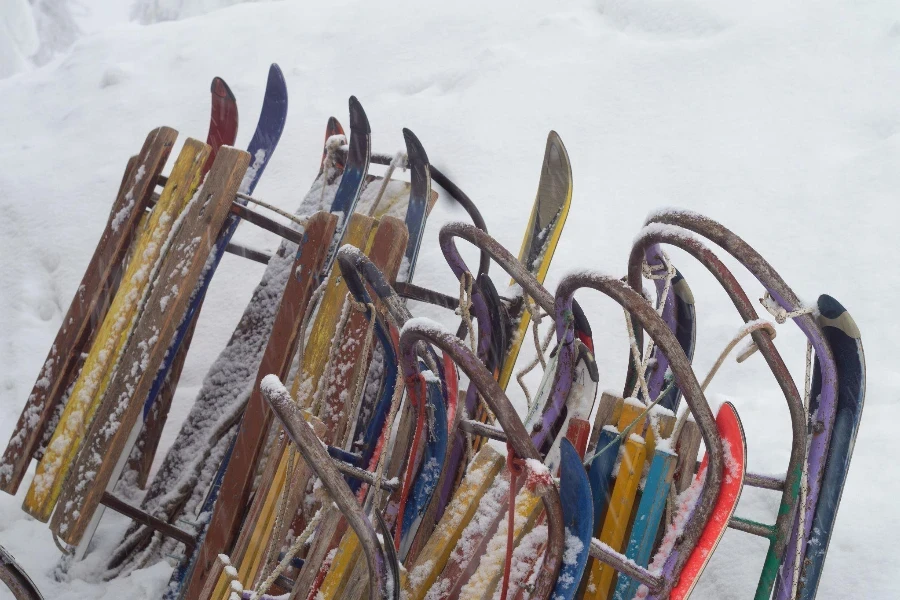
Sleds come in a variety of designs, each tailored for specific purposes and user preferences. Traditional wooden sleds, known for their classic appeal, offer a nostalgic ride down memory lanes. These sleds are typically durable and can accommodate riders of various ages. On the other hand, plastic sleds provide a lightweight option with vibrant colors and shapes, making them a popular choice among children. For those seeking speed and maneuverability, metal-framed sleds with steering capabilities present an exhilarating option. Understanding the different types of sleds available can help individuals select the right one that best suits their needs and the terrain they plan to conquer.
Materials used in sled construction
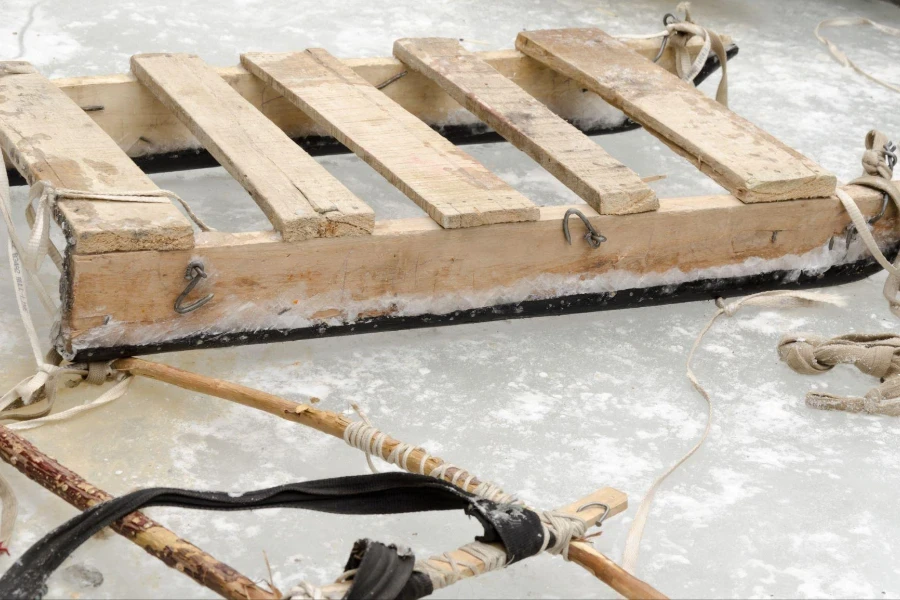
The material of a sled significantly influences its performance, durability, and safety. Wooden sleds, crafted from hardwoods, are praised for their strength and longevity. They require regular maintenance to preserve their integrity but offer a smooth, classic sledding experience. Plastic sleds, made from high-density polyethylene, stand out for their resistance to cold temperatures and impact. These sleds are lightweight, making them easy to carry up hills, yet sturdy enough to withstand rough terrains. Metal sleds, often constructed from aluminum or steel, provide a robust frame that excels in speed and control. Each material has its advantages, and the choice largely depends on personal preference and sledding conditions.
Safety tips for sledding
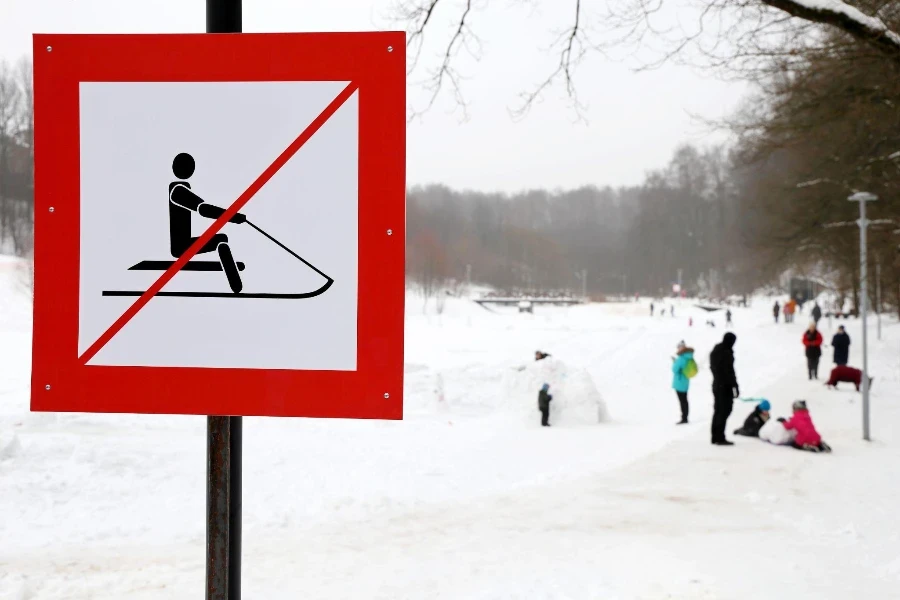
Safety should always be a top priority when enjoying the thrill of sledding. Wearing a helmet can significantly reduce the risk of head injuries, a common concern in sledding accidents. It’s also important to choose a sled with a design that offers good control and stability to prevent rollovers. Sledders should select safe sledding spots, avoiding areas with trees, fences, or water bodies. Keeping a safe distance from other sledders to avoid collisions and being vigilant of the surroundings can help ensure a fun and safe sledding experience for everyone involved.
Maintenance and storage of sleds
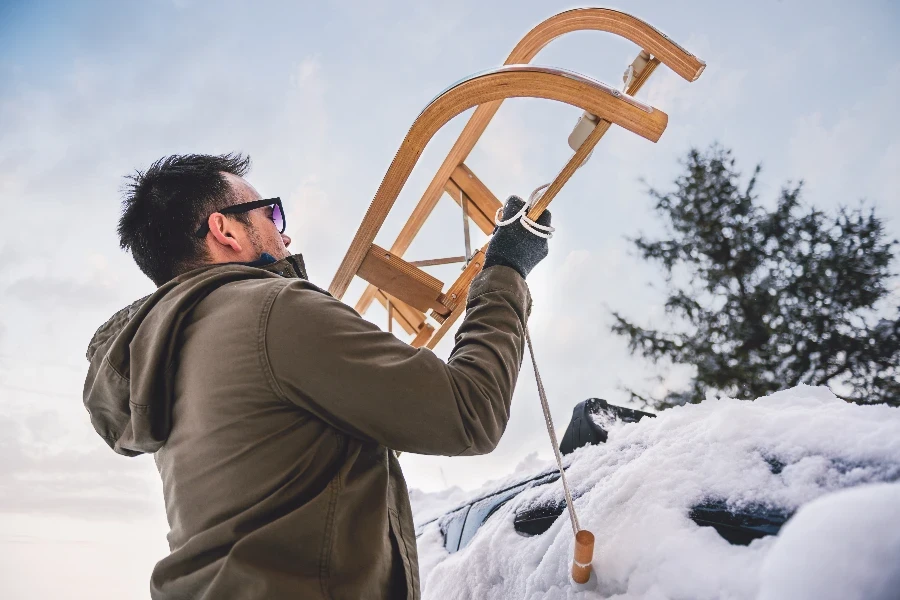
Proper maintenance and storage of sleds can extend their lifespan and ensure they’re ready for action each winter season. Wooden sleds benefit from a coat of varnish or paint to protect against moisture and wear. Inspecting metal components for rust and applying lubricant can prevent corrosion and maintain smooth operation. Plastic sleds should be stored away from direct sunlight to prevent UV damage. Keeping sleds in a dry, cool place during the off-season protects them from the elements and keeps them in good condition for the next winter adventure.
The environmental impact of sleds
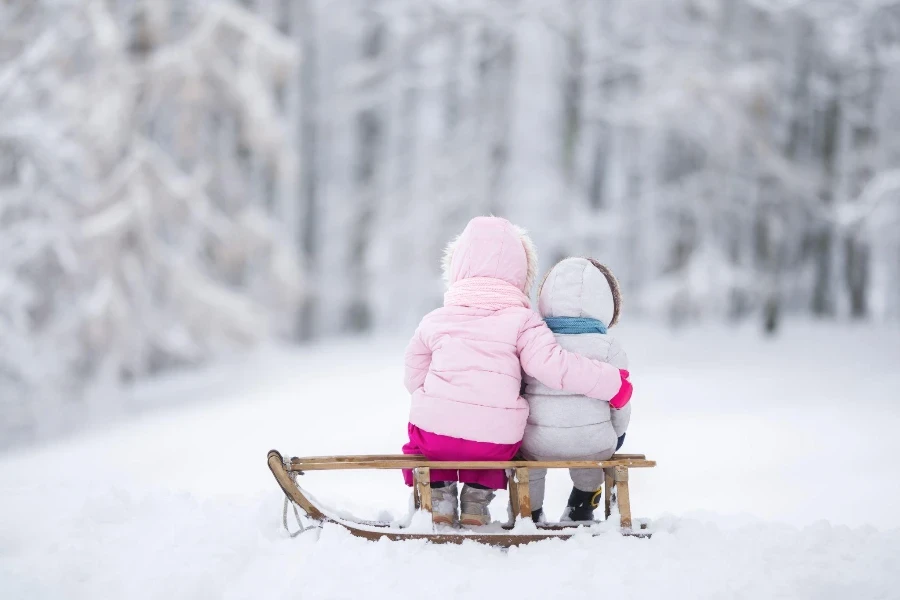
As with many recreational products, sleds have an environmental footprint that warrants consideration. The production, use, and disposal of sleds can contribute to environmental degradation if not managed responsibly. Opting for sleds made from sustainable or recycled materials can mitigate this impact. Additionally, proper maintenance and repair can extend the lifespan of sleds, reducing the need for frequent replacements and minimizing waste. By making environmentally conscious choices, sledders can enjoy the snowy slopes while preserving the natural beauty of winter landscapes for future generations.
Conclusion:
Sleds offer a delightful way to experience the magic of winter, providing joy and excitement to people of all ages. By understanding the different types of sleds, materials, and safety considerations, individuals can make informed choices that enhance their sledding experience. Proper maintenance and a mindful approach to the environmental impact of sleds further ensure that this cherished winter activity can be enjoyed sustainably. Whether you’re racing down a hill or enjoying a leisurely slide, sleds bring a sense of adventure and fun to the colder months, creating lasting memories in the snow.




